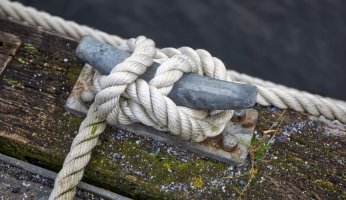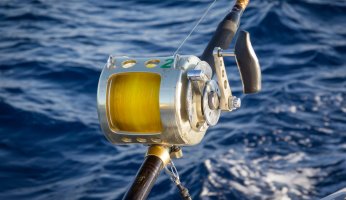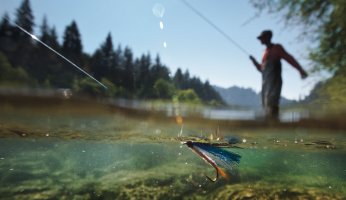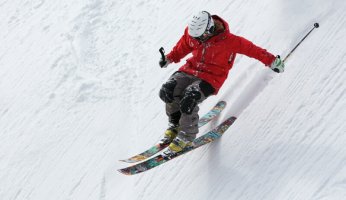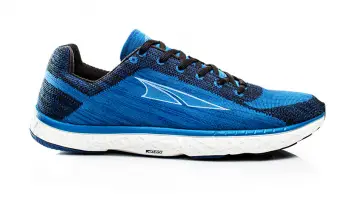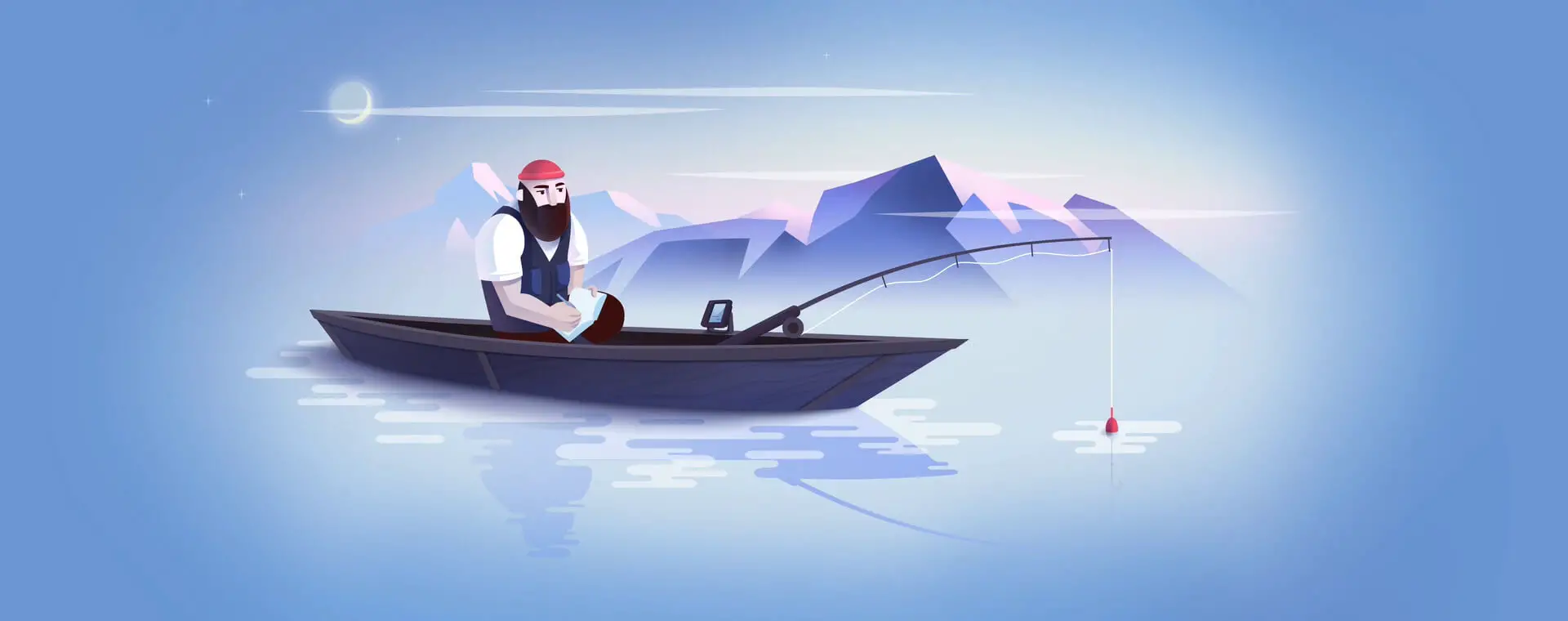Using a Fish Finder Effectively to Find More Fish
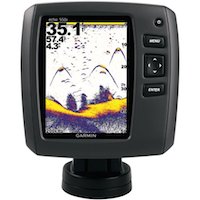 Unfortunately, using a fish finder to locate fish takes a little more effort than just turning the machine on. Like all tools, a fish finder only works as well as the person using it, and there are a few tricks and tips that can help anglers use a fish finder more effectively to find more fish.
Unfortunately, using a fish finder to locate fish takes a little more effort than just turning the machine on. Like all tools, a fish finder only works as well as the person using it, and there are a few tricks and tips that can help anglers use a fish finder more effectively to find more fish.
Fish finders are essentially sonar devices, sometimes called sounders, which help fishermen see better into the underwater world of fish. However, sounders are many times used not only in a way that does very little to increase the odds of catching fish, but used in a way that can actually decrease a fisherman’s chances of success.Too often fishermen just turn on their finder and start cruising around a body of water hoping to locate a school of fish. However, the reality is fish finders are far more valuable for locating the places fish hang out, or schools of baitfish that larger fish feed on, than for locating the actual fish. This is especially true with fish like bass, which are an extremely cover-oriented species. When these types of fish get in thick cover, like weeds or brush, the fish finder isn’t much use. Other species, like trout, that like to hang out under overhanging ledges can also be all but invisible to fish finders.Still, while fish finders do a wonderful job at locating large underwater structures, such as a ledge or reef, which may be holding fish, the problem is that what shows up on the screen of the fish finder may not be an accurate representation of what lies beneath. So, in order to use a fish finder most effectively fisherman must first have at least a general idea of what the underwater landscape looks like, as this will save both wasted time and effort looking for hot spots.
A critical first step in effectively locating fish in large bodies of water is to obtain and study the underwater charts of the fishing area before hitting the water. Charts are available online, through state agencies or at local fishing supply stores. Studying charts will help give an overall picture of where the areas are that are most likely to attract and hold fish. Once a piece of viable structure has been located on a chart the next step is to map the structure with the fish finder — and this is where a fish finder can differentiate the truly great fishing spots from just the good ones.
To find the best spot to drop the line, any underwater structure should be examined from as many different angles as possible with the fish finder. Making just one pass over a structure will often not allow the fish finder to reveal the true potential of the area, and may even give an incorrect picture of the structure. Making multiple passes over and around a structure will usually show features that would otherwise remain undiscovered. For example, it is most often the areas around the highest points on the structure, such as a reef or the edge of a weed bed, which will hold the highest concentrations of the largest fish. Making just one or two passes around a reef or ledge would not show if the top of the structure has high or low spots, like pinnacles and caverns, where fish would, or would not, be holding up.
Because fish love structure anglers should always use a fish finder to locate structure first and the fish second. There is no substitute for experience and there is no magic bullet that can instantly teach a fisherman to read a fish finder. However, with practice, patience and experience a fisherman can become skilled at properly mapping underwater structures. Once an angler becomes experienced with his tool he will be well on his way to becoming an expert at using a fish finder effectively to find more fish.





